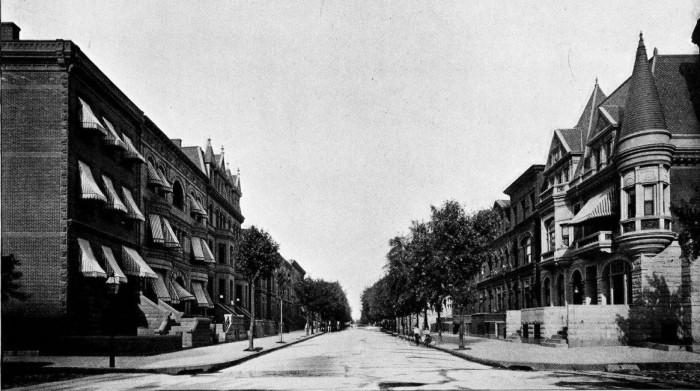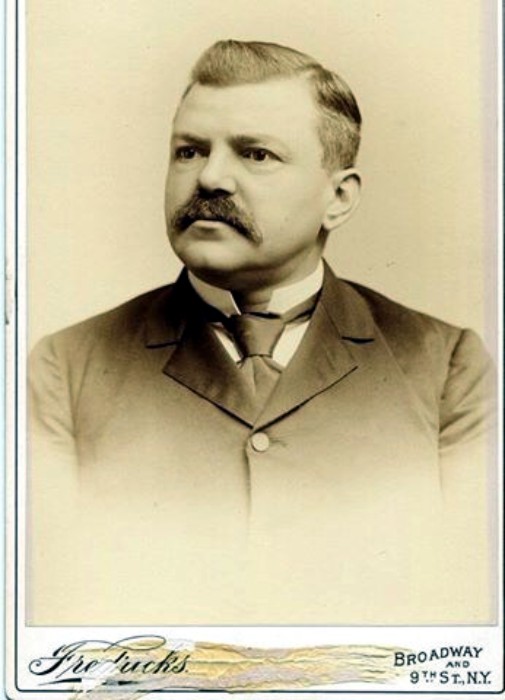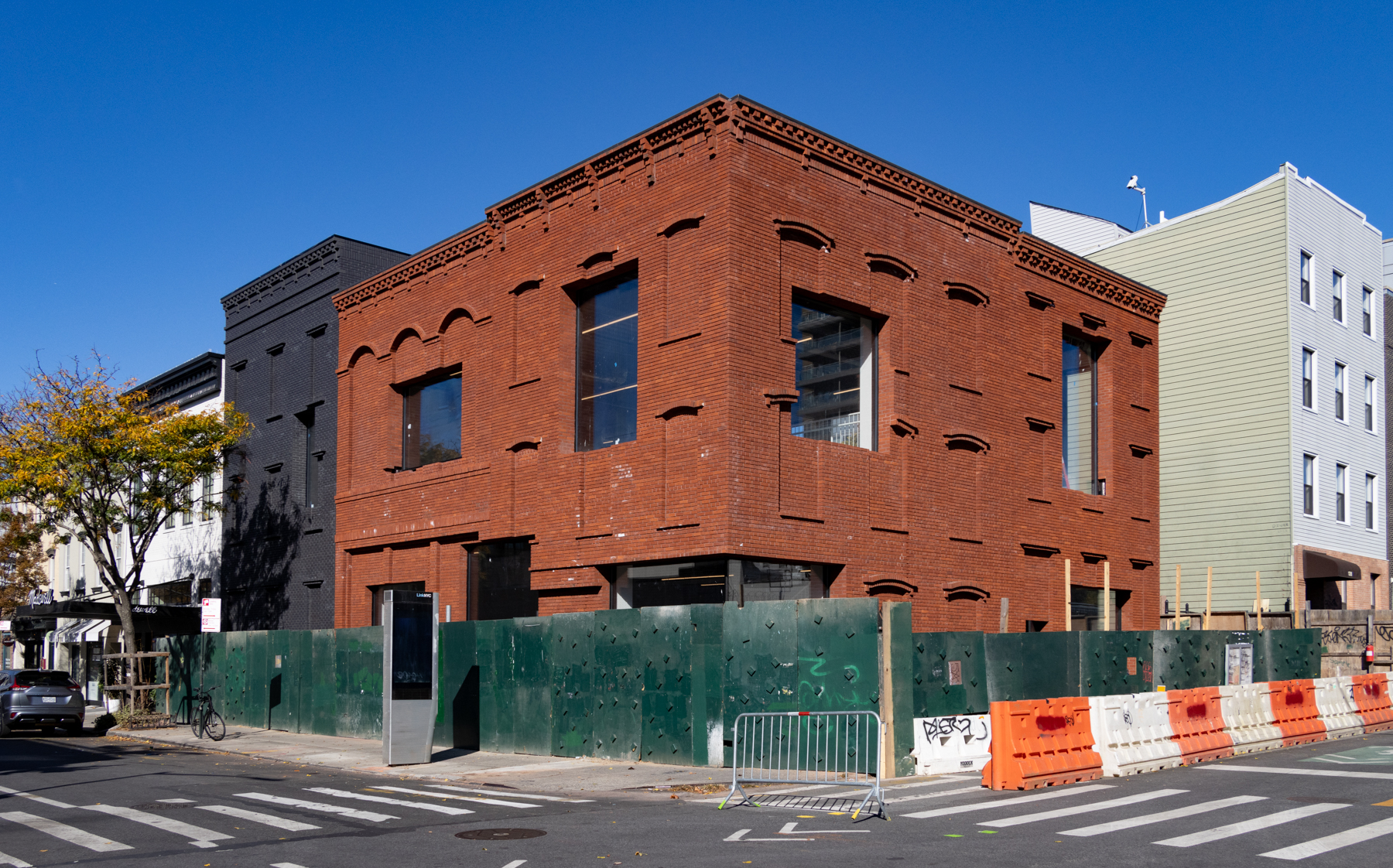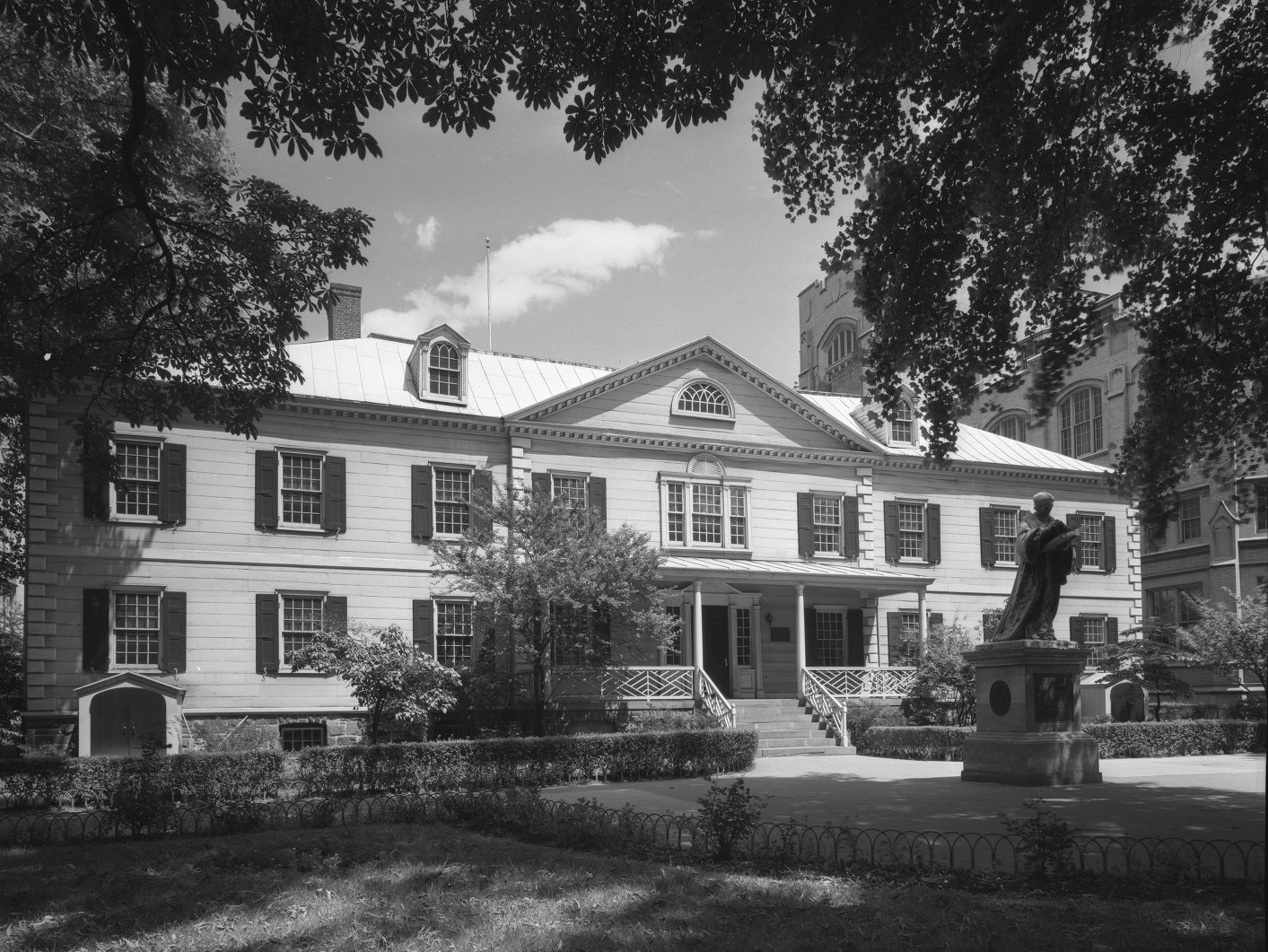Walkabout: 4 February 1916 -- Feuer Tag
Read Part 2 and Part 3 of this story. Casimir Tag was born with a silver spoon in his mouth. Over the course of his years, he turned that spoon to gold, and had the kind of life that many dream of, but only few ever have. When he left this earth, he left his…


Read Part 2 and Part 3 of this story.
Casimir Tag was born with a silver spoon in his mouth. Over the course of his years, he turned that spoon to gold, and had the kind of life that many dream of, but only few ever have. When he left this earth, he left his large family well secured and financially set for life. He and his wife imbued their children with fine values and a generosity of spirit that would serve them more than admirably in the years to come. But none of us ever know what life has in store for us. We don’t know what tragedies or triumphs will occur that we never planned for, or suspected would ever happen, or even deserve. This is the story of the Tag family and the disaster that changed their lives forever.
Casimir Tag was born in New York City, on March 10, 1847, the son of Charles Tag and Caroline H. Von Rippon. His parents were German immigrants who came to the United States before most of their countrymen, who started arriving here in large numbers in the late 1840s. Charles Tag was a successful wholesale tobacco dealer, wealthy enough to send young Casimir to private schools for his education.
As an adult, Casimir went into the tobacco business with his father. The company warehouse and offices of Charles F. Tag & Son Tobacco were at 178 Pearl Street in Lower Manhattan. They also expanded to another building at 184 Front Street. Things were going well for the company and the man. He married Hannah M. Ockershausen of Jersey City in 1871, and the couple settled down to raise their children in a brick row house at 146 Lafayette Avenue in Fort Greene. They eventually had six children, three older boys and three girls.
By the end of the 1880s, Casimir was the president of Charles F. Tag Tobacco. His father had dropped back to vice-president of the company. The family was still at 146 Lafayette, and stayed there until 1893, when they moved into a much larger house in the posh upscale neighborhood of Bedford. This house, 243 Hancock Street, was one of a pair of five story town houses designed by prominent Brooklyn architect Frederick B. Langston for developers Walter and Susannah Russell.
It was located on Hancock Street, between Marcy and Tompkins Avenue, a block already well known for its fine mansions and gracious row houses. This house was next door to one of the finest houses in Brooklyn; the John C. Kelley mansion, designed by Montrose W. Morris, who lived across the street. The Tag’s neighbors included Kelley, who made his fortune in water meters, Morris, who was one of Brooklyn’s most successful architects, and the developer and builder of about a third of that block.
Simon Rothschild, the millionaire co-owner of Abraham & Straus, lived next door in the Tag house’s twin, and Wilson J. Randolph, an executive with the Smith-Gray Company, the largest manufacturer of men’s and boy’s clothing in America, lived next to Rothschild. It was quite the neighborhood.
About the time the family moved, Casimir made a move of his own. As the head of a successful business, he had been approached by several banks and trusts to get involved in banking, and had been in that industry for many years. Many wealthy men were asked to add their names and business acumen to the boards of trustees in established banks, and start–up banks were being founded in every neighborhood of the city. The German American community was especially interested in banking, as a great many German businessmen had become millionaires here in New York. They wanted to start or run banks in their communities. Casimir decided to leave tobacco and go into banking full time.
He started out at the top, and was asked to become the president of the German American Bank, which had been established in 1870. His offices were at 15 Broad Street in the Wall Street area. He held that position for over 15 years. According to all sources, he was very good at it, and was soon regarded as a banking authority, with all kinds of people in the financial community seeking his advice and opinion. He soon became president of the German Savings Bank, as well, and sat on the board of several other banks and trusts. He also was on the board of several insurance companies, and had a membership on the Cotton Exchange, Consolidated Stock Exchange and the Chamber of Commerce.
Socially, the Tags were very quiet. Their names do not appear very often in the Society pages. Casimir was a member of all of the best clubs, including the Union League and the Downtown Club. He also belonged to several German societies, including the German Liederkranz Society and the Germania Club of Brooklyn. He gave very generously to charity, but not with bells ringing and fanfare. He was an active trustee of the Eastern District Hospital, and gave to other charities quite liberally, but always insisted that his name not appear on their lists of donors.
Mrs. Hannah Tag was also very quiet. Many wives and daughters in her social station gave a lot of luncheons, parties and soirees, and could be seen out and about in society events, but the Tag ladies did not. Their giving and charitable work also did not appear very often in the papers. The oldest son Charles became a doctor. The oldest daughter, Agnes, married Frost Haviland here at the house, in 1913. Typical of the Tag’s, the wedding was very small, with only immediate family and close friends present. The groom was the son of Captain Edgar Haviland and his wife, of nearby 1372 Dean Street. Captain Haviland owned the Haviland Shade and Roller Company, which manufactured window shades.
The wedding would be the last really joyful moment for the Tags in this house. Later that same year, in September, Casimir took ill suddenly, and died. He was only 66 years old. He left his wife and children with an estate of close to two million dollars. Mrs. Tag was left with a million, plus the house and other assets, making her one of the richest widows in Brooklyn. Casimir’s funeral was as low-key as he was in life. It took place at his home on Hancock Street, which only months before had been decorated for a wedding. The Reverend Dr. Nies, who had officiated at the Tag-Haviland wedding, conducted the funeral rites. Casimir was buried at Green-Wood cemetery.
The family endured, and continued to live comfortably on Hancock Street. By February of 1916, the family household consisted of Mrs. Tag, daughters Caroline and Helen, and Mrs. Tag’s cousin, Henrietta Suarley, who had arrived for an extended visit, which would last until after Caroline’s wedding at the end of February. The bride-to-be was 25 years old, and engaged to Carl Zinn, the son of a prominent Brooklyn family. Her sister Helen, who was 31, was an aspiring artist. The family had already been piling the many gifts well-wishers were sending for the wedding in a bedroom on the third floor, and the girls and their mother and cousin were busy making plans for the wedding.
The household staff was busy too. A few days before, Hannah Tag’s cousin, Henrietta, had taken to her bed with an attack of the grippe. Today we would say she had the flu. A private nurse had been hired to take care of her, and on Feb. 15th, Jennie Steadman, a 22 year old trained nurse, arrived at the house. She was given a bedroom next door to Henrietta, and had already impressed the family with her bedside manner and competent demeanor. She had been hired by Dr. Charles Tag, who lived down the street at 284 Hancock Street.
The two family maidservants lived on the fourth floor. Ann and Lizzie Cain were sisters, at 52 and 45 years of age, and had been with the family for many years. Ann had been with the Tags since the children were babies, and had been nursemaid to all of the children. Friends and neighbors would say that the Cain sisters were more like family than servants, and were beloved by the family members. The last member of the staff was Delia Varney, the cook. She did not live-in, but lived on Gates Avenue with her family. She had been cook for the family for over ten years, and was also considered a part of the family. She often spent her nights at the house, so that she could prepare breakfast in the morning.
On the evening of February 3th, the Tag household went to bed as usual. It was a cold night in Brooklyn, but it was a night like any other. At 2:30 in the morning, however, Caroline Tag woke up to smoke filling the house. She immediately called her brother Charles, down the street, and told him to call the police and fire department. She then woke everyone up to get them out. Thick black smoke was now filling the rooms, making it impossible to see or breathe.
But Caroline was determined to get her family out to safety. She didn’t care about anything other than getting the other women out – her mother, her sister, cousin and beloved servants. The familiar house was dark, full of burning furniture and draperies. The rooms that she once swept through on a daily basis were now a maze and a death trap. Her anxiety and love for her family made her brave, but it couldn’t make her super.
Next time: the story continues.
(Photo of Hancock Street in the early 20th century. The Tag house is on the left, the furthest of the two 5 story houses near the center of the photo. Photo from “Brooklyn in Pictures.”)










Gripping! Can’t wait for the next installment!